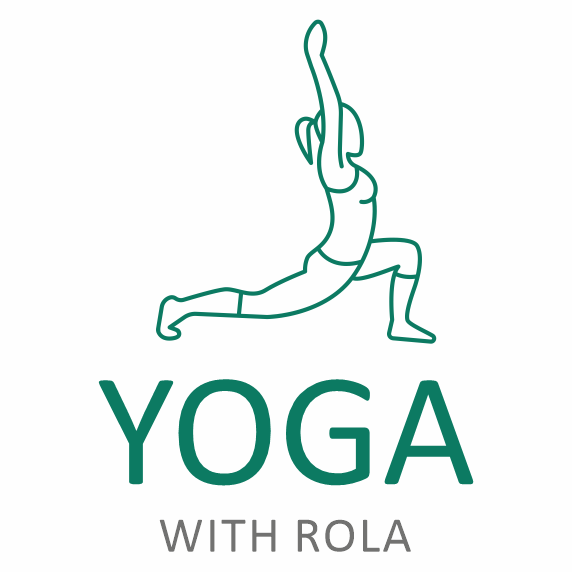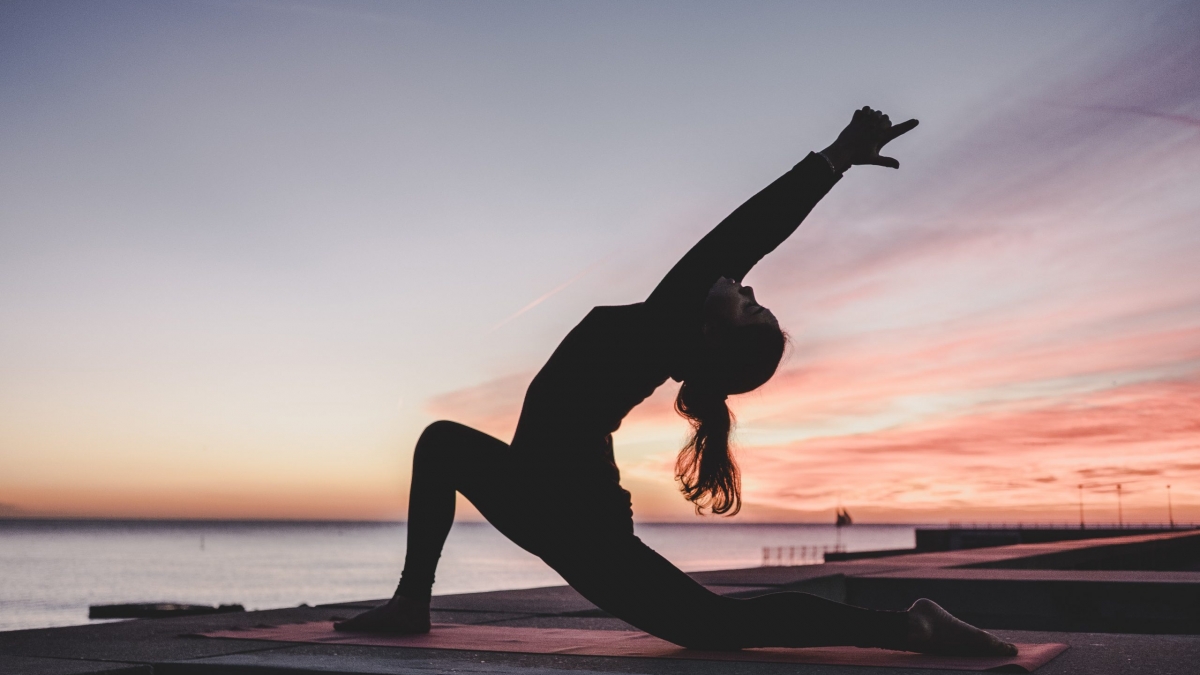The psoas major muscle (psoas for short, and pronounced “so-as” ) holds a special place for many yogis. Tightness in this deep muscle can result in chronic back pain, hip pain, limited range of motion, poor posture, constricted breathing and much more.
It has been described as “the muscle of the soul”; “the most vital muscle in our body”; “the deepest core”; and “the reptilian connection” — the later because of its direct link with the most ancient part of our brain. It took years of yoga training for me to fully appreciate the physical and more subtle benefits of this muscle. Here’s what I learnt on how to experience the power of the mighty psoas.
- Visualize its path: Place your hand behind your lower back, and visualize the muscle originating from either side of the back of the body (T12 vertebrae and along the five lumbar vertebrae) before crossing to front attaching to the inside of the top of the thigh bone. Tracing the path with your hands can help understand how the muscle connects the upper body and lower body, as well as the back and the front. Knowing muscle location is always useful, but particularly for the deep psoas muscle, feeling its direction from the lower lumber region of the spine and across the pelvis to the inner thigh reveals how this hip flexor is so multidimensional.
- Recognize the connection with the breath: In addition to connecting the legs with spine, the psoas is connected to the diaphragm, responsible for more than 70% of our breathing. This creates a symbiotic relationship. If the psoas is tight and constricted, so is the breath. Conversely, quick shallow chest breathing from chronic stress can also contribute to constricted psoas muscle.
- Recognize the connection with core stability: For renown teacher Donna Farhi, balancing this muscle allows centering the pelvis, stabilizing the lumber spine, and strengthening core from within. “Once the psoas is activated as the primary initiator of core movement, the other secondary core muscles contract in concert to achieve optimal strength and function.
- Choose yoga asanas that balance the psoas: When we sit for a long time, psoas can become short and tight. Crunches and other sports involving the legs can also cause the psoas to become tight from overuse. A yoga practice that emphasizes movements or poses that contract the psoas (like boatpose, chair pose) needs to include asanas that stretch the psoas (like backbends and lunges).
- Witness the more subtle effects of balanced psoas: In Yoga tradition, the energetic body is described as prana or life energy. Balanced psoas is regarded as key to free blockages and allow a harmonious flow of energy throughout the body. The result is feeling more grounded and less stressed.
As any experienced practitioner of yoga knows, no one muscle or group of muscles is responsible for functional movement and overall health. But giving this deeper muscle more attention can offer relief from conditions related to pain in hips, lower back, even knees and ankles, while improving posture, ease of movement and perhaps most importantly mental state. Still sitting on your chair?



Add a Comment